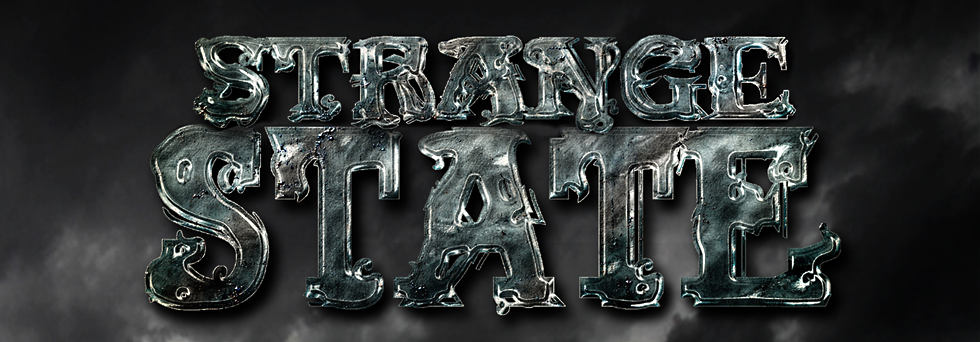 For more than a century, tales of hairy, wild apelike men have emanated from remote corners of former Russian territories such as those bordered by the Pamirs in the Southeast and the Caucasus to the Southwest. One such little-known region is the Republic of Daghestan.
For more than a century, tales of hairy, wild apelike men have emanated from remote corners of former Russian territories such as those bordered by the Pamirs in the Southeast and the Caucasus to the Southwest. One such little-known region is the Republic of Daghestan. Located in the North Caucasus mountains, Daghestan lies in the extreme southwestern portion of the Russian satellite republics. The word Daghestan translates appropriately as "country of mountains". Appropriate since the highest point, Bazardyuzi Mountain, peaks at 14,652 feet and much of the country's interior is comprised of steep, mountainous terrain that ranges from arid scrub to alpine forests. This extreme geography leads to an unusually high percentage of ethnic diversity, with more than 13 distinct groups living there today. Some of the most isolated Daghestani tribes still live a fairly unchanging exitence.
Given all this, it is little wonder that the Russians have, for years, been investigating tales of hirsute humanoids or "Wild Men" that periodically emanate from here and other rocky corners of the former Soviet Union. And, it seems, the Russian government and its scientists have always been far more open to the likelihood of these creature's existence.
In August 1959, a Soviet expedition from the University of Kiev sponsored a expedition to Daghestan to confirm local reports of hairy beasts that had been roaming the glaciers and mountains there. Locals recounted that these creatures would descend from the hills to steal potatoes and corn husks.
In 1925, as Russian troops hunted the White Army through the Pamirs (over 1500 miles east of the Caucasus), General Mikail Stephanovitch Topil'skiy's troops shot an ape-like creature as it emerged from a cave. Upon examination by the medical officer, it was determined that the unknown creature was 5 1/2 feet long with a covering of dense gray-brown hair. He also described dark eyes, large humanoid teeth and a prominent, sloping brow as well as protruding jaw and a flat nose.
These "relic hominids," as some call them, are believed by investigators such as Ivan Sanderson, Myra Shackley and Bernard Heuvelmans to represent the presence of living Neanderthals. If descriptions such as this are to believed, they do seem to bear a striking similarity to our current scientific view of how Neatherthal looked.
Could such a thing be possible? Do relic Neanderthals roam the hidden valleys and mountain passes of Central Asia? If so, can they explain similiar sightings across the globe or are we looking at a multitude of creatures that make up what we collectively lump together as Bigfoot, Sasquatch or Yeti?

No comments:
Post a Comment